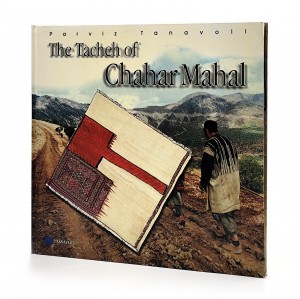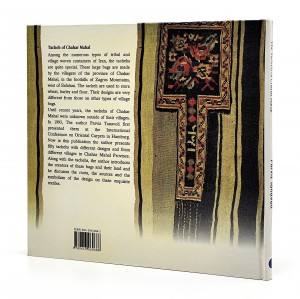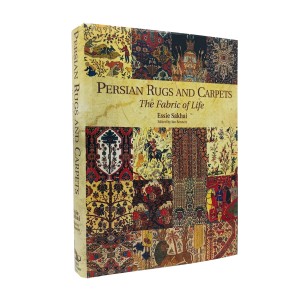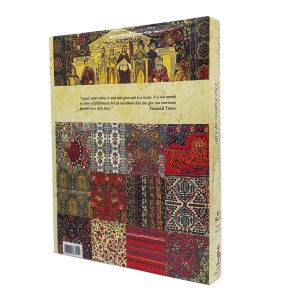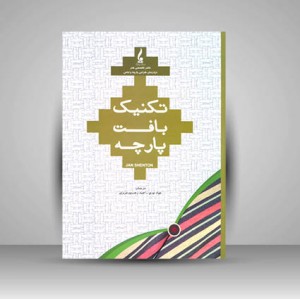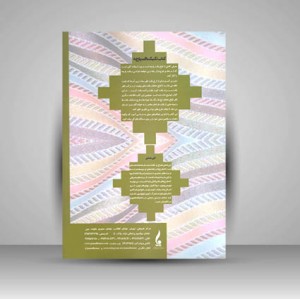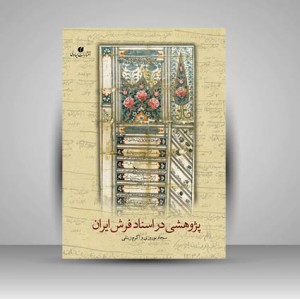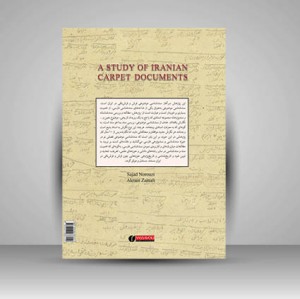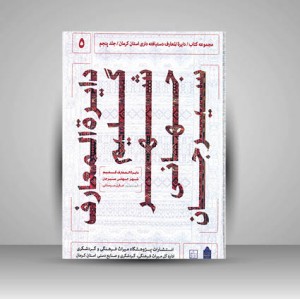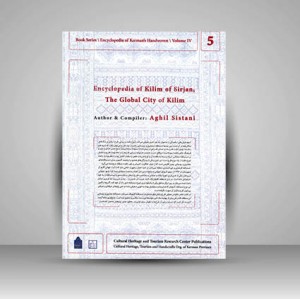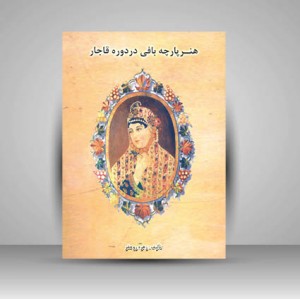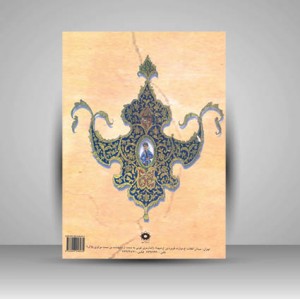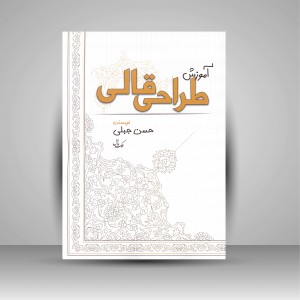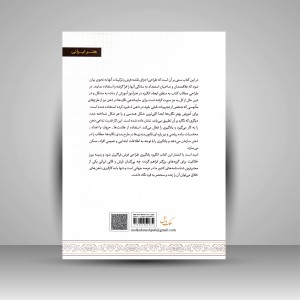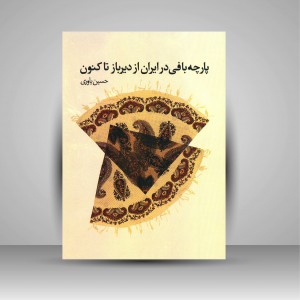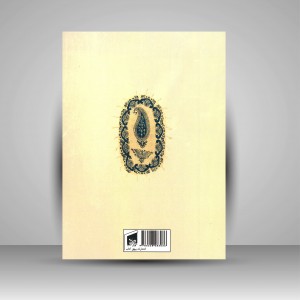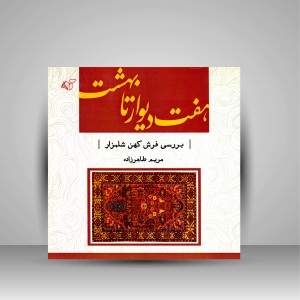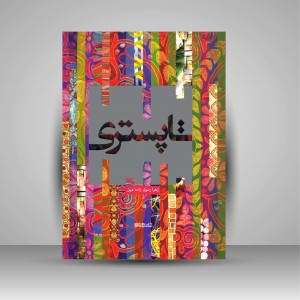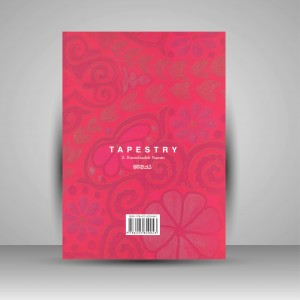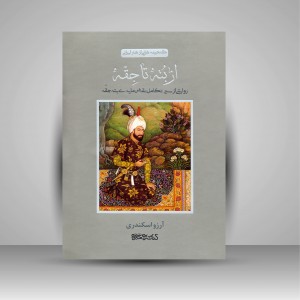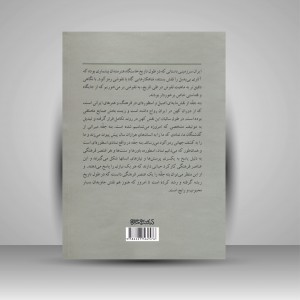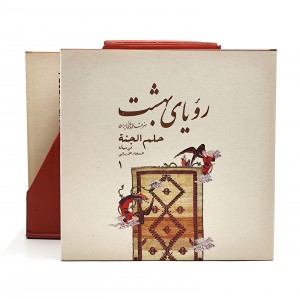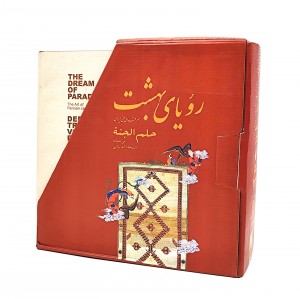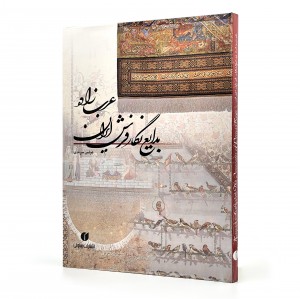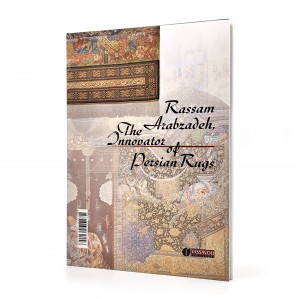کتاب The Tacheh of Chahar Mahal
شابک: 8-068-306-964-978
قطع کتاب: خشتی بزرگ
تعداد صفحه: 112
زبان: انگلیسی
نوبت چاپ: -
نوع جلد: جلد سخت
نوع کاغذ: گلاسه
کد کالا: 204
- برند: انتشارات یساولی
- کدکالا:
معرفی کتاب تاچه های چهار محال (نسخه زبان انگلیسی)
تاچههای چهارمحال در سال ۱۹۹۱ بهطور غیرمنتظره در بازار تهران ظاهر شدند و توجه علاقهمندان به منسوجات را جلب کردند. این منسوجات، که پیشتر کمتر شناخته شده بودند، به دلیل جایگزینی با ظروف پلاستیکی در روستاها رو به فراموشی بودند. تاچههای باقیمانده به دلیل صرفهجویی روستاییان در انبارها یا اصطبلها حفظ شده و گاهی بهعنوان کفپوش یا برای دام استفاده میشدند. طرحهای آنها ترکیبی از هنر باصری و نقوش قالیهای بختیاری است که نشاندهنده میراث پارسی و ارتباط با آثار فرهنگی مانند قالیچههای نماز و معماری منطقهای است. واژه «تاچه» به معنای «بسته کوچک» ریشه در پارسی باستان دارد و شاید با «تاشه» هندواروپایی مرتبط باشد.
The Tacheh of Chahar Mahal (English version)
The tachehs of Chahar Mahal, appeared in the Tehran bazaar for the first time in 1991. Their appearance caused some surprise, because Chahar Mahal is well known. For several years the region has seen a traffic in rug dealers and traders, who often return with hands full of the varieties of textiles from Chahar Mahal.
So how was it that they never took notice of these pieces? I have been involved with Chahar Mahal textiles for years myself and have traveled frequently to the region, but I had never seen this variety. As a rule, if such textiles were identified and brought to public attention by someone else, they must have found their way into people's hands or been written about-neither of which was the case.
To get to the bottom of this mystery, I made a visit to Chahar Mahal and found my answer there. It has been some two decades that plastic, juval-like containers have replaced and supplanted tachehs.
Every time a tacheh was taken out of circulation because of wear and tear, it was substituted with one of these plastic things instead of a new tacheh, which had been the method in the past. With the introduction of cheap plastic tachehs, the village folk contented themselves with the synthetic containers, preferring to spend their wool, thread, time and collective effort on producing floor covers.
Thus, the making of tachehs was A large number of the available tachehs have emerged from nooks and crannies in warehouses and closets - and sometimes stables - of villagers. Had it not been for the commendable rural habit of never throwing anything away and patching fabrics to make floor spreads for themselves or jols for their animals, these would have been lost as well.
The taches that still survive serve as reminders of an important group of textiles from Chahar Mahal. Some of the patterns and designs on these tachehs have not been seen in other Chahar Mahal textile. The patterns, exhibiting features common to their other textiles, are of the nature of prototypes and vagirehs.
It would be no exaggeration to say that the essence of Bakhtiari rugs is distilled in these little pieces and that they epitomize Bakhtiari rug patterns and designs. Aside from and in addition to this, it is the mysterious connection between the tacheh, the prayer rug, and the shepherds' salt bag - as well as other evidence such as its relationship with local architecture that has prompted me to write a piece solely about the tacheh.
In this discussion I have attempted, wherever possible, to include examples of each design, with the intention of bringing to light the beauty and richness of a class of textiles from this region that was about to be buried under the dust of time. The word tacheh is one of the few Persian words for tribal and rural containers.
'Ta' or 'tai' in Persian means "bale and "cheh" is the diminitive suffix; hence, tacheh means "little bale". Since this word is of ancient Persian origin and has Indo-European roots, more research is needed into the possibility of its being akin to the German Tasche', which also means bag or sack.
- - نشانی ایمیل شما منتشر نخواهد شد.
- - لطفا دیدگاهتان تا حد امکان مربوط به مطلب باشد.
- - لطفا فارسی بنویسید.
- - میخواهید عکس خودتان کنار نظرتان باشد؟ به gravatar.com بروید و عکستان را اضافه کنید.
- - نظرات شما بعد از تایید مدیریت منتشر خواهد شد

